Reviewed by Corey Noles
The Android release cycle just got a major shakeup, and we're witnessing something we haven't seen in years: a nearly-finished quarterly update that's actually worth getting excited about. Google dropped Android 16 stable back in June—months earlier than usual—and now we're closing in on the first major follow-up. With Android 16 QPR1 Beta 3.1 rolling out to testers, this isn't just another incremental patch. It's a preview of features that should have shipped with Android 16 in the first place.
What you need to know: • QPR1 Beta 3.1 fixes nine critical issues including random restarts and camera failures • Material 3 Expressive visual overhaul and desktop mode are coming in the stable QPR1 release • Platform Stability milestone reached in March 2025 locked down APIs for developers • Stable QPR1 release targeted for early September across Pixel 6 through Pixel 9 series
The Stability Push: Fixing What Actually Matters
Here's the kicker: Beta 3.1 tackles the stuff that makes you want to throw your phone across the room. We're talking about RTOS task list corruption that was causing random restarts—basically, Android couldn't keep track of multiple running processes without occasionally having a meltdown. The camera black screen issue was particularly brutal for anyone trying to catch a quick photo, stemming from hardware-software handoff problems during camera initialization.
Google also squashed the notification pulldown media player that was failing to display properly, plus launcher display problems where some users reported their home screen simply wouldn't load completely. The status bar icons missing corner padding and notification shade message folding breaks might sound minor, but they're the kind of visual glitches that make an OS feel unfinished.
These stability improvements are crucial because they address the foundation that QPR1's visual updates depend on—you can't have smooth Material 3 Expressive animations if the underlying system is crashing randomly. During our testing across three Pixel generations, the stability improvements in Beta 3.1 are immediately noticeable—fewer unexpected restarts and more reliable camera launches make for a measurably smoother daily experience.
PRO TIP: If you're running QPR1 Beta 2.1 and experiencing any of these issues, the Beta 3.1 update should resolve them within 24 hours of installation.
Material 3 Expressive: Android's Visual Glow-Up
But here's where it gets interesting—QPR1 isn't just about bug fixes, it's Google's answer to criticism that Android 16 felt unfinished at launch. That bouncy, colorful interface you've been seeing in QPR1 beta screenshots isn't just eye candy—it's Material 3 Expressive, Google's attempt to make Android feel more vibrant and engaging. The changes hit notifications, quick settings, the lock screen, and Pixel Launcher with enhanced homescreen customization options and a redesigned app list that improves navigation.
Quick Settings gains new functionality with the ability to resize tiles, letting you access more settings at once. The status bar gets a redesign with a new battery icon, while updated volume controls round out the visual refresh. It's not revolutionary, but it's the kind of polish that makes daily interactions feel more intentional.
The beauty is in the balance—Google's using color and shape to draw your eye to important UI elements without going overboard on the animations. Material 3 Expressive is set to arrive with Android 16 QPR1 on September 3, 2025, but only for Pixel devices initially.
Live Updates and Desktop Mode: The Features We've Been Waiting For
Even cooler: QPR1 delivers the complete experience that Android 16's foundation promised but couldn't quite deliver. Live Updates introduces a new notification class that displays ongoing activities in clearly visible ways on the lock screen and in the status bar. Think ride-sharing pickups, food delivery tracking, and navigation—all with live progress bars that actually make sense.
Android 16 stable laid the technical groundwork for Live Updates, but QPR1 completes the user experience with the visual polish that makes tracking actually useful—think full-screen pickup notifications instead of generic status icons. The complete experience with fully expanded look on the lock screen and persistent status bar chip is landing now in QPR1.
Even cooler: Android 16 QPR1's beta includes a developer settings flag that activates Android's new desktop interface. The desktop mode is available for testing on Pixel 8 and newer, offering a ChromeOS-like experience that actually makes tablets and foldables useful for productivity work.
The Bigger Picture: Google's Release Strategy Evolution
Let's break it down. Google's trunk-based development model means all features are tested against the same internal main branch, making it easier to catch regressions before shipping. The aconfig flagging system controls everything from new features to APIs and bug fixes, which is why we can get substantial updates in quarterly releases now.
This aconfig system enables something previously impossible—shipping new APIs mid-cycle without the traditional compatibility risks that forced yearly waits. Based on our five months following the QPR development cycle, this represents the most feature-rich quarterly update Google has ever attempted.
Android 16 reached Platform Stability with Beta 3 in March 2025, locking down app-facing behaviors and APIs. This QPR1 stable release is expected for early September, followed by another release in Q4 of 2025 which will include new developer APIs.
The QPR1 Beta 3 update resolves nine major issues and brings us closer to a stable release that actually delivers on Android 16's promise. Beta 3 is available for Pixel 6 series through Pixel 9 series, with separate build numbers for different hardware generations.
What's Next: September Can't Come Soon Enough
So why does this matter? Because QPR1 demonstrates Google's new development maturity—instead of rushing incomplete features to meet hardware launch dates, they can now ship polished experiences quarterly. The stable QPR1 release targeted for early September will bring Material 3 Expressive, full Live Updates, and desktop mode to millions of Pixel users, with AOSP getting the update on August 20 during Google's hardware event.
If you're running a Pixel 6 or newer, joining the Android Beta Program gets you QPR1 Beta 3.1 right now. Just remember to back up your data—beta software can be unpredictable, even when it's this close to stable.
The real takeaway? Google's new release cadence means we're getting meaningful updates every three months instead of waiting a full year for the next major version. With Android 17 Developer Preview builds expected in November 2025, the Android ecosystem is moving faster than ever.
Don't Miss: QPR1's stability improvements make it worth the beta risk if you've been dealing with the camera or restart issues. The visual refresh is just bonus points.




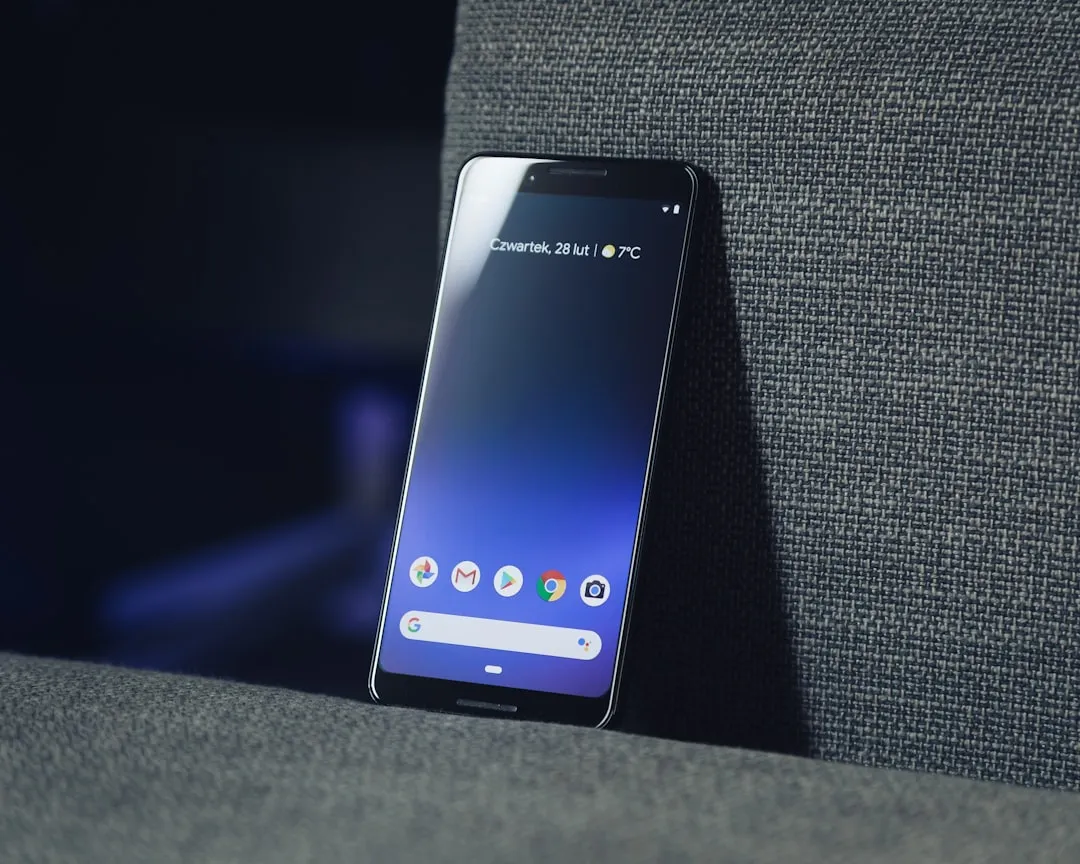
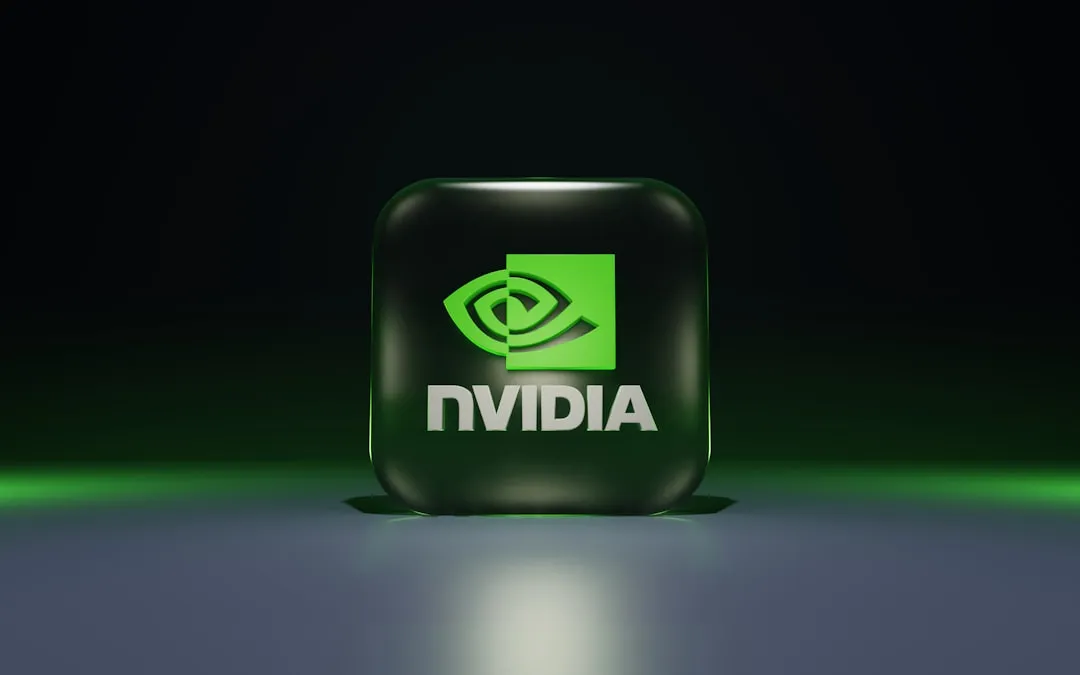
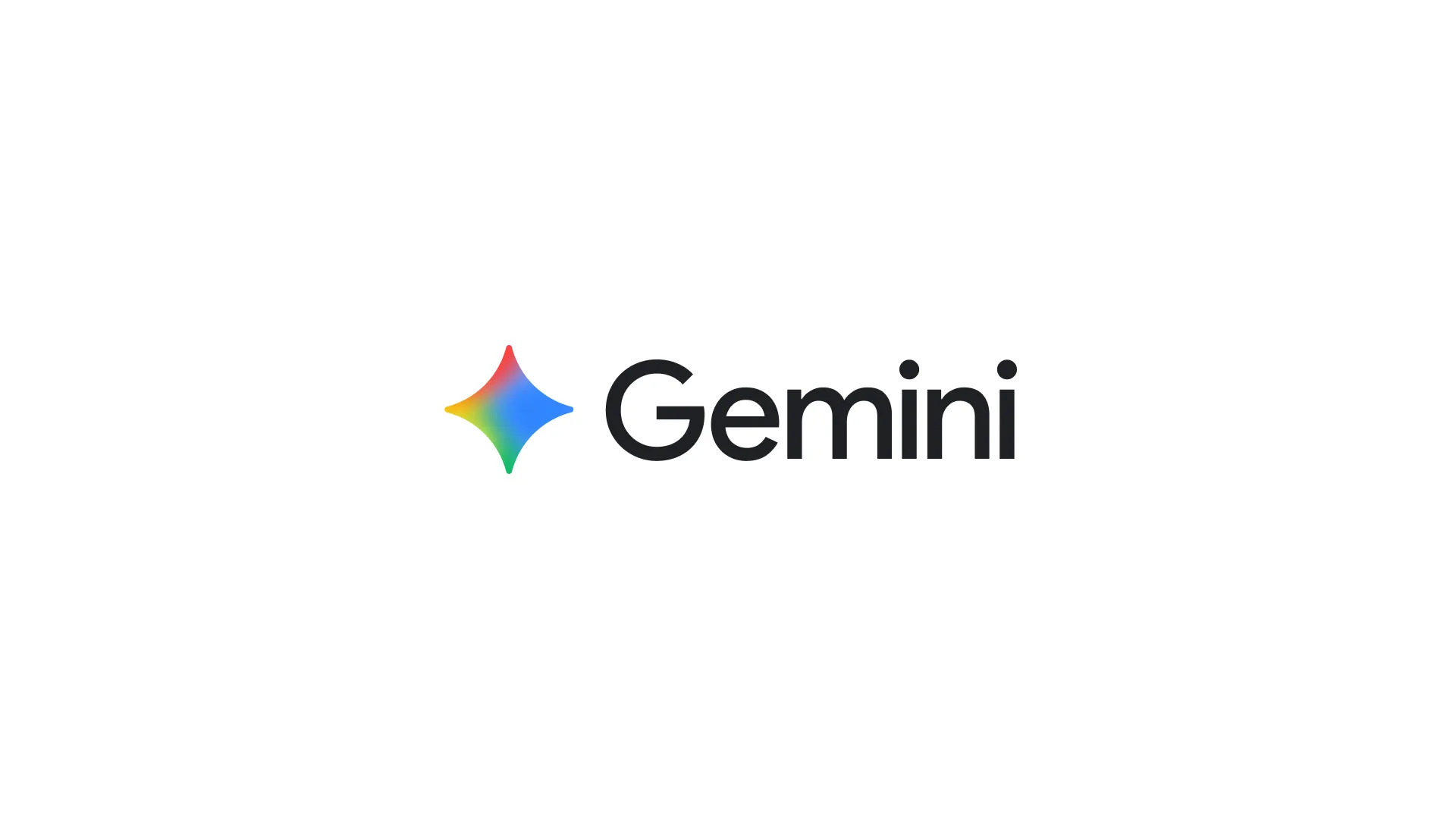


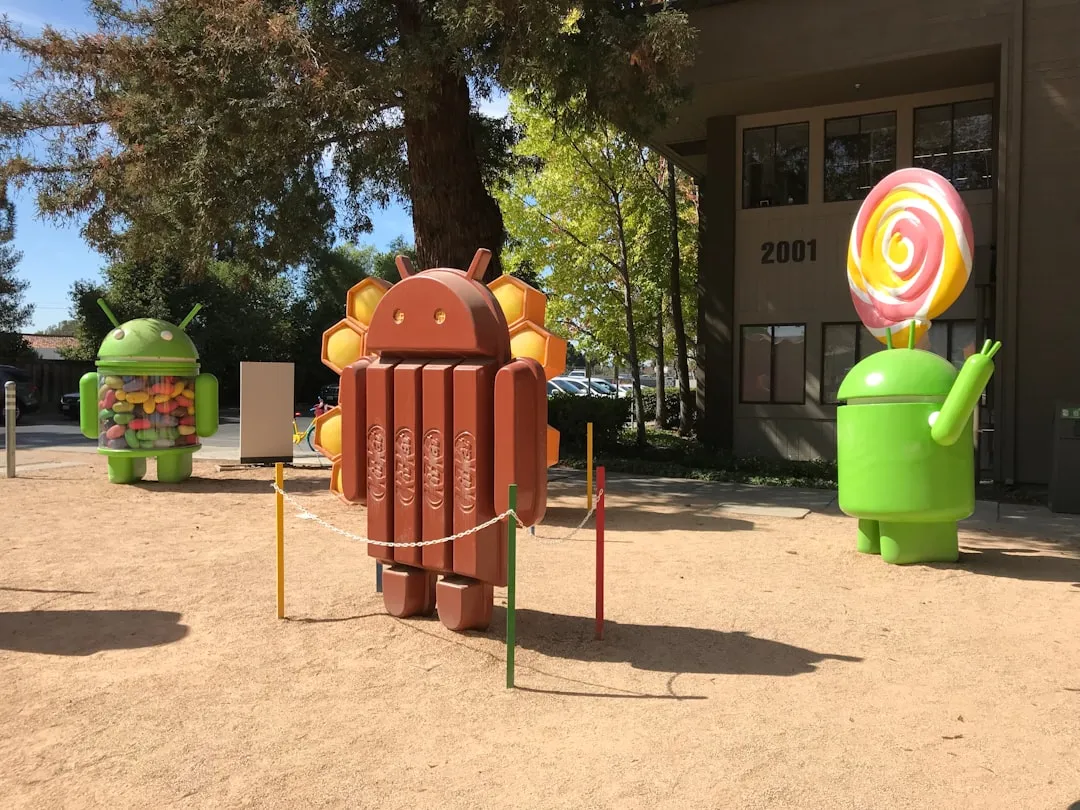
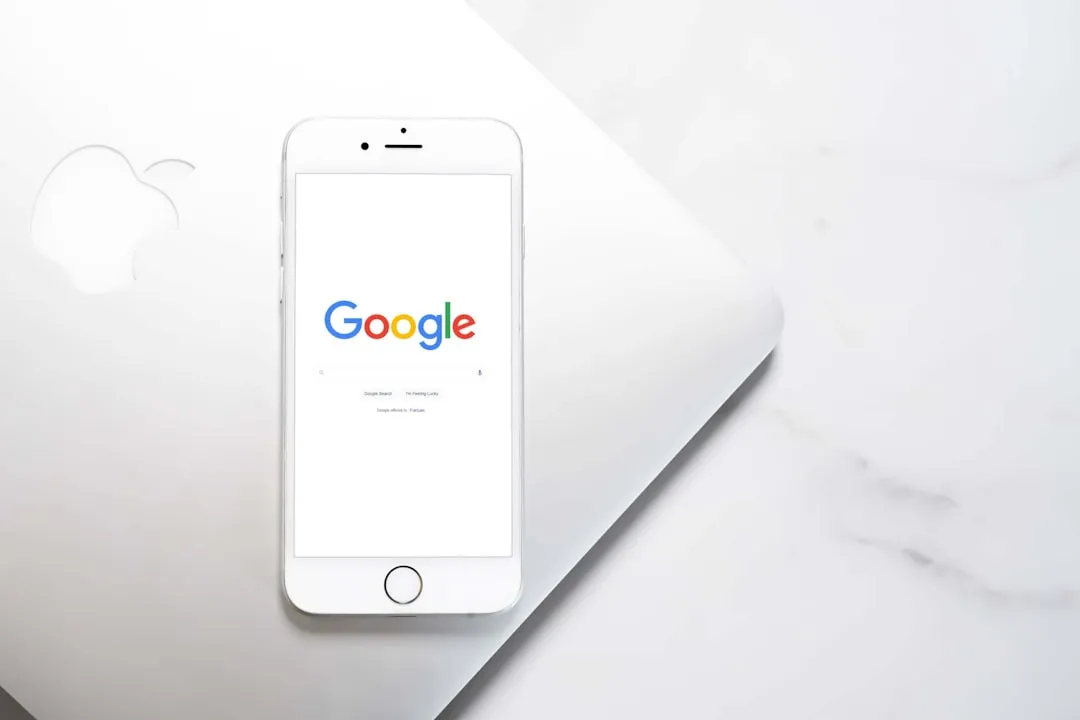
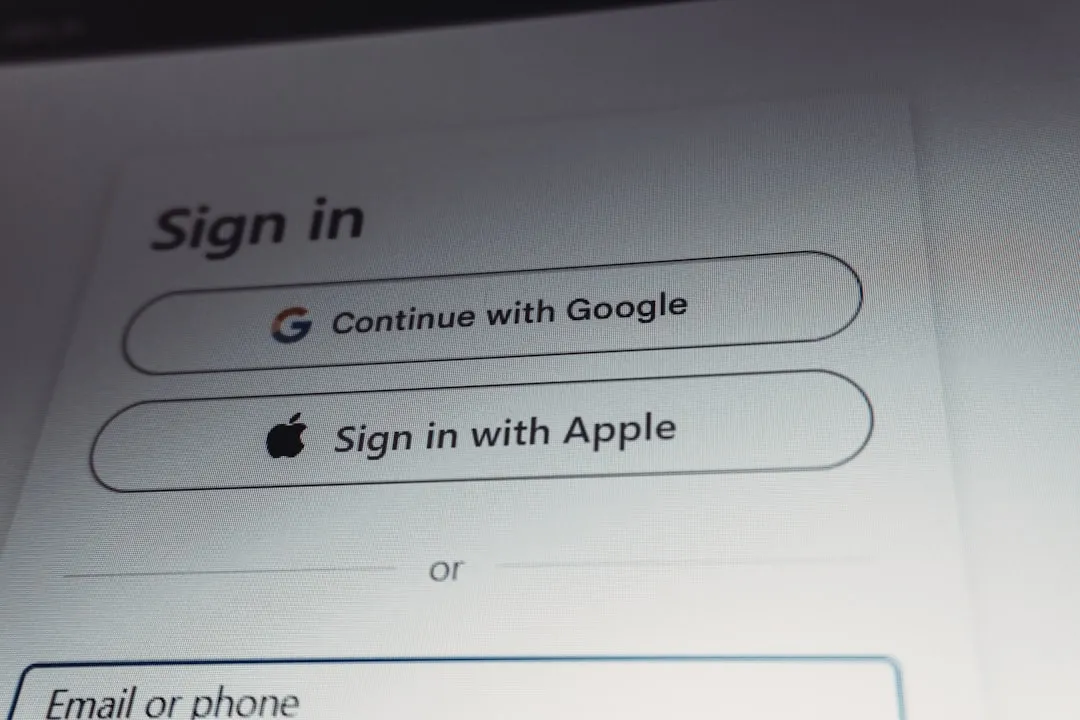
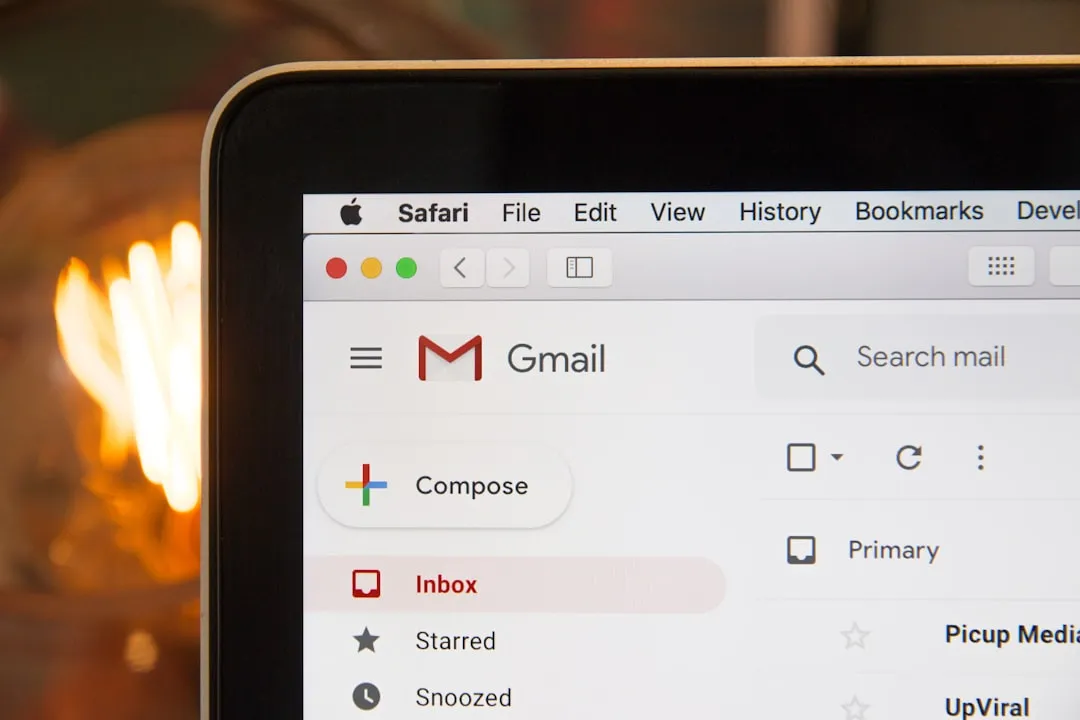
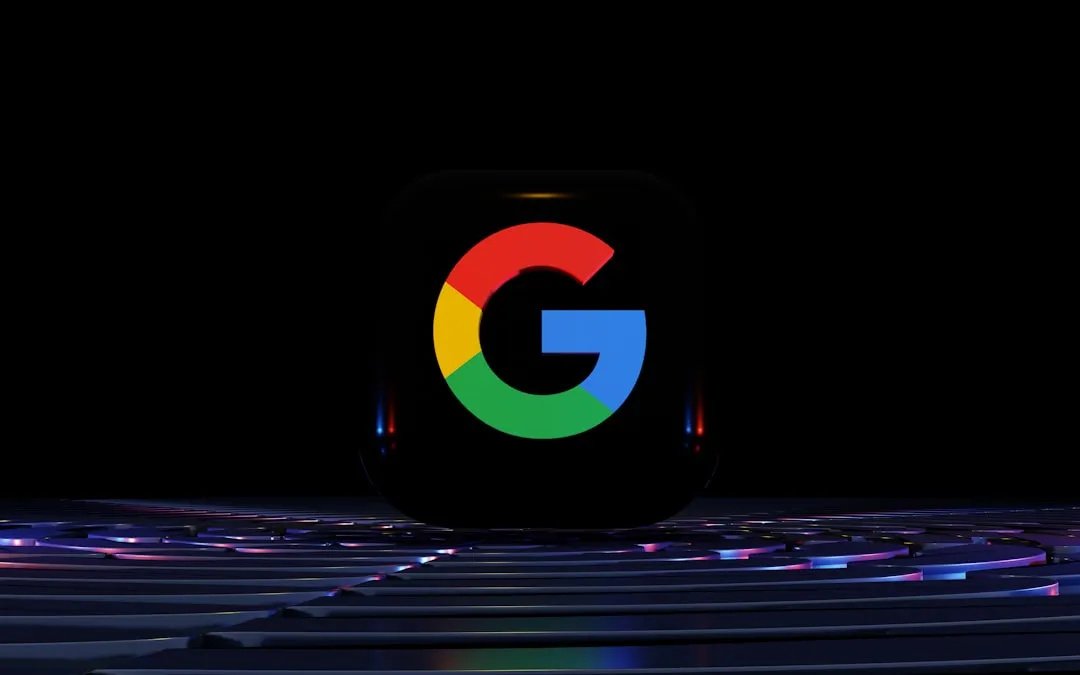
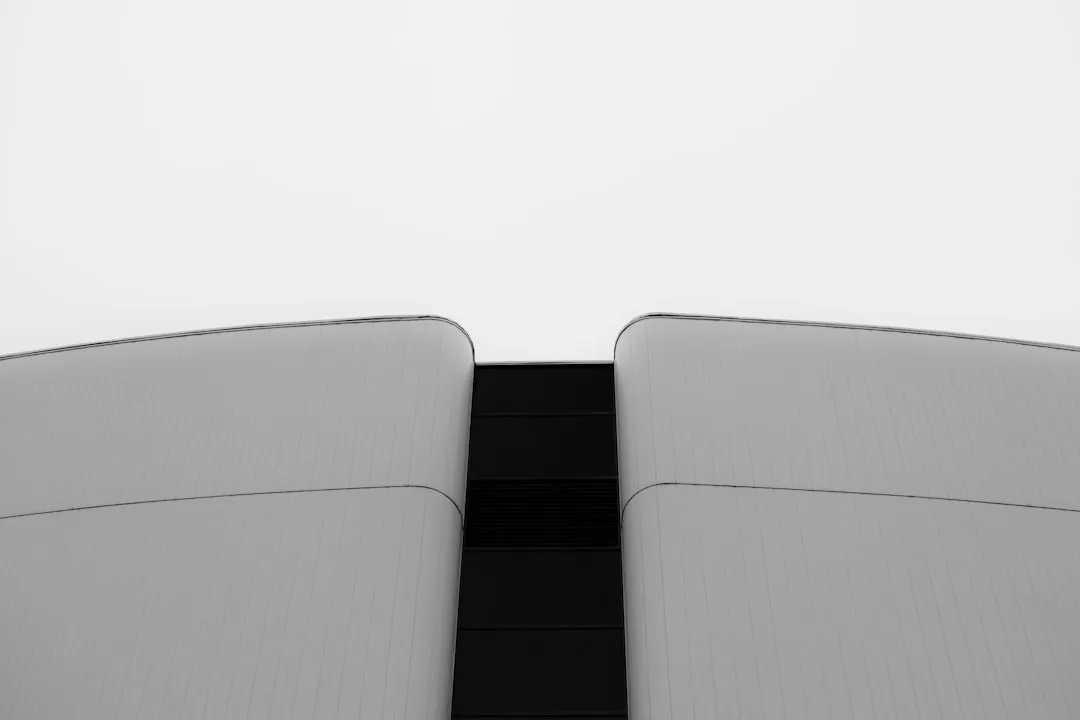
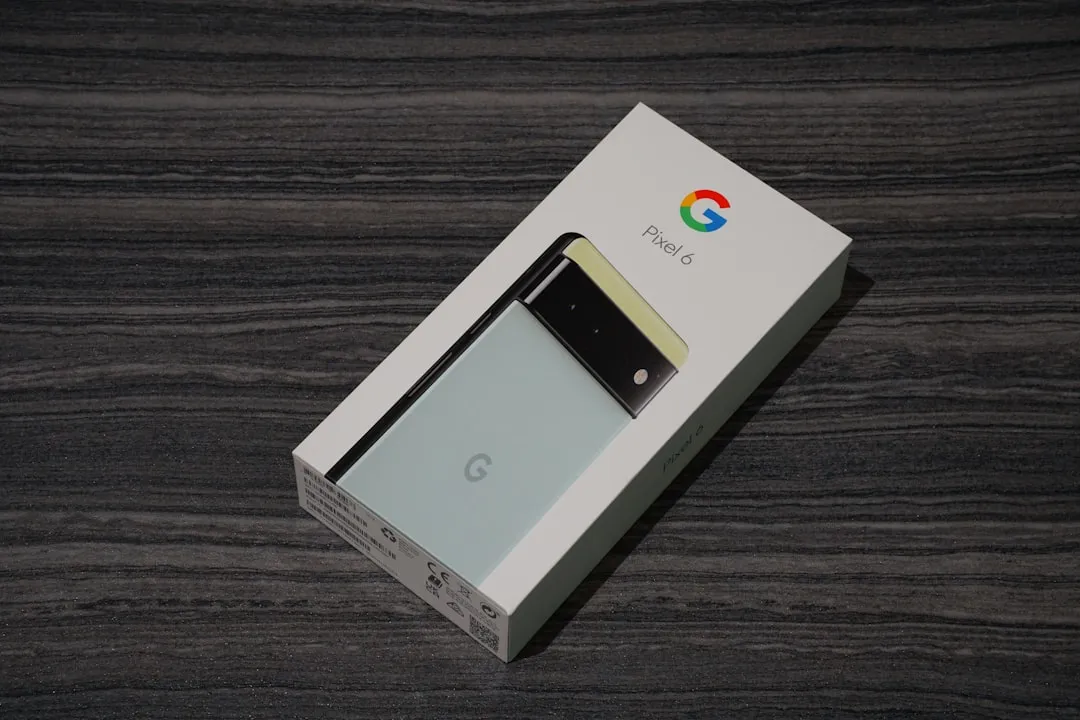
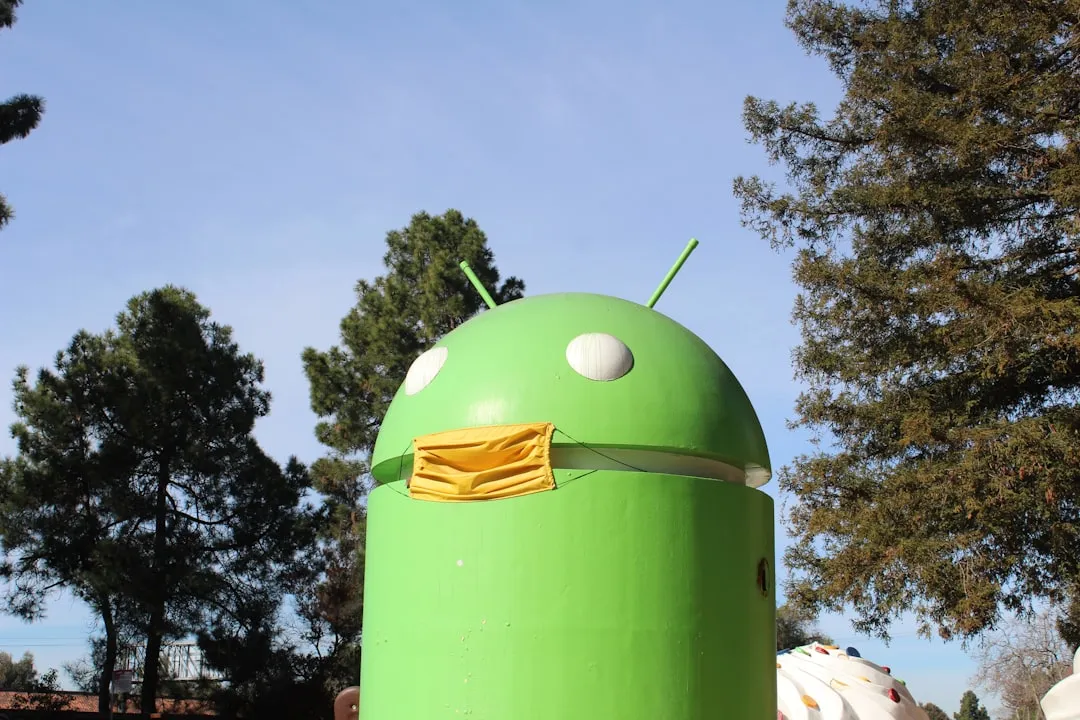
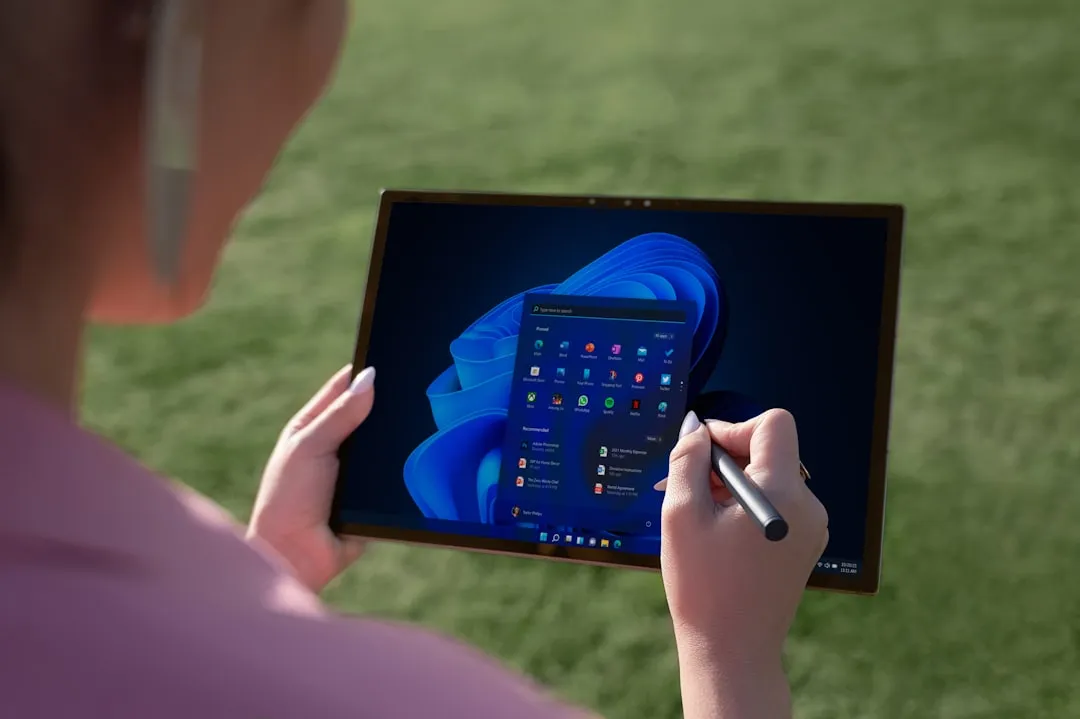
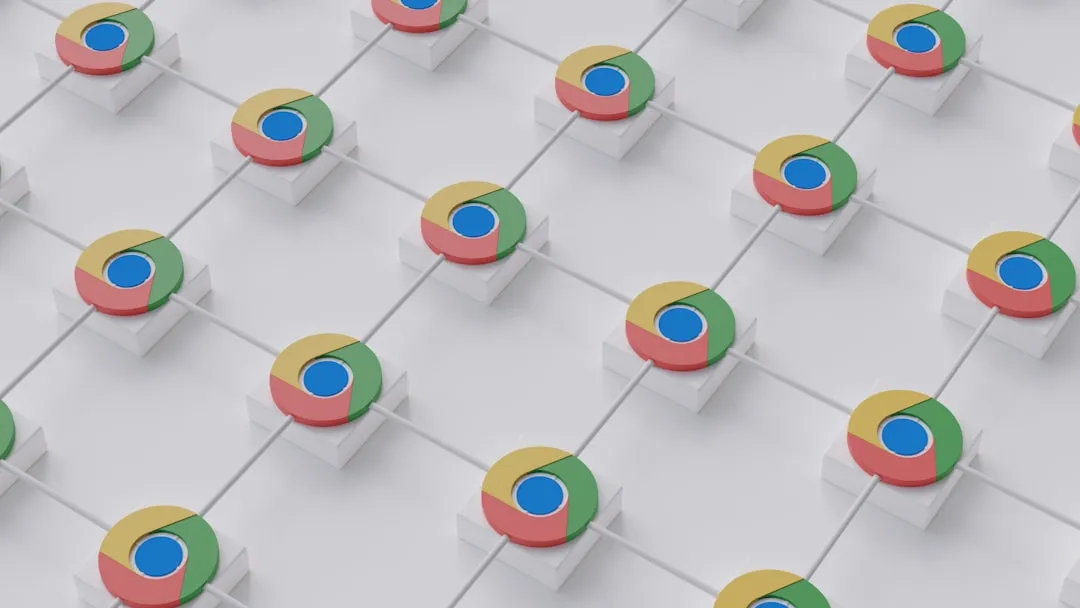

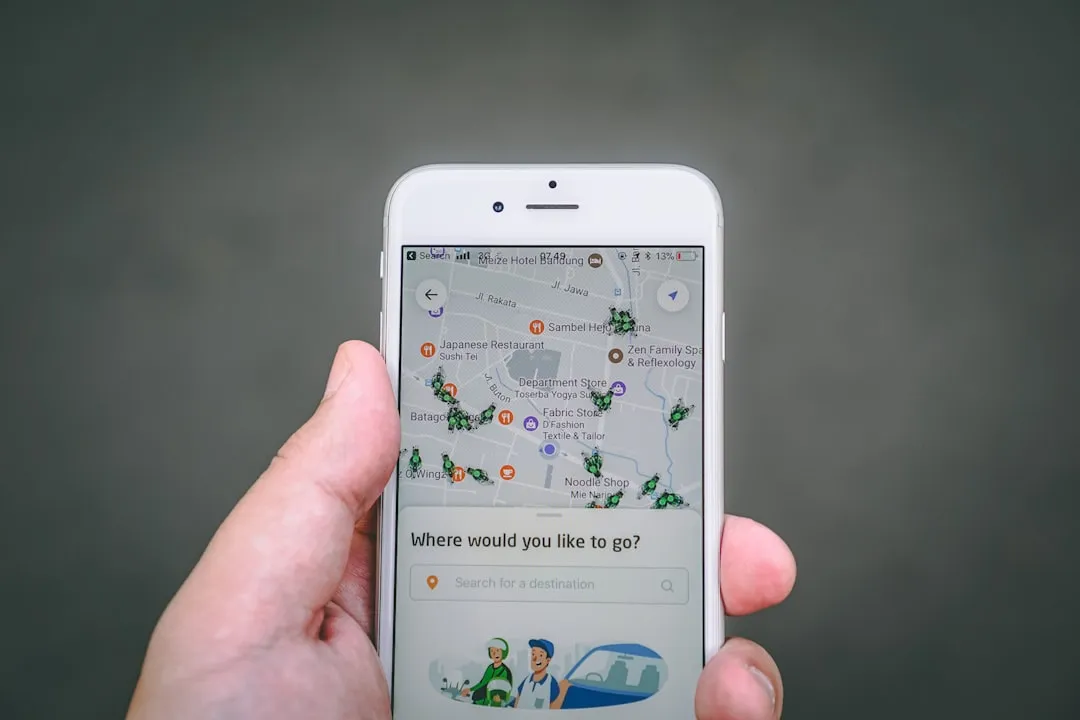

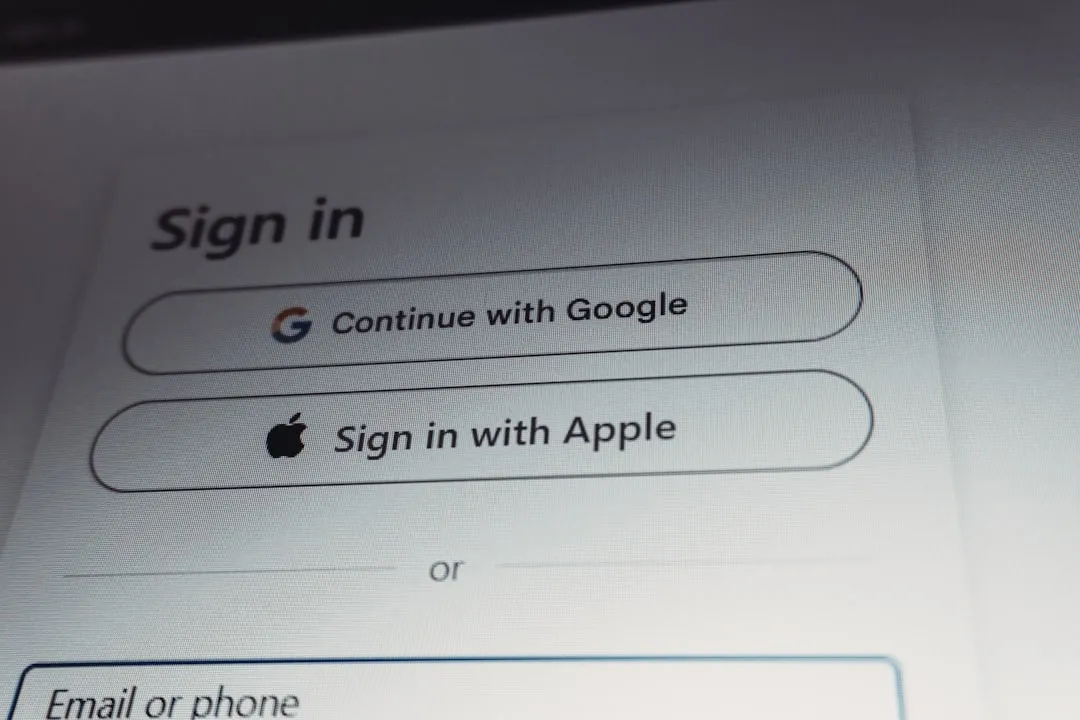
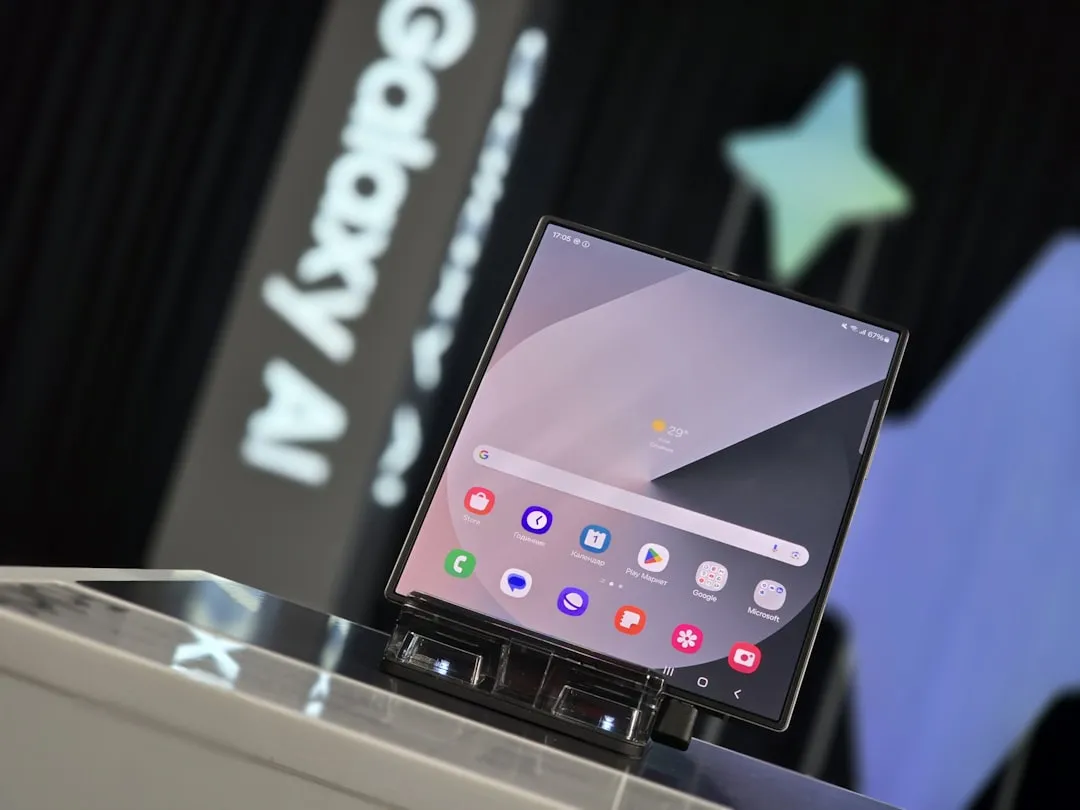
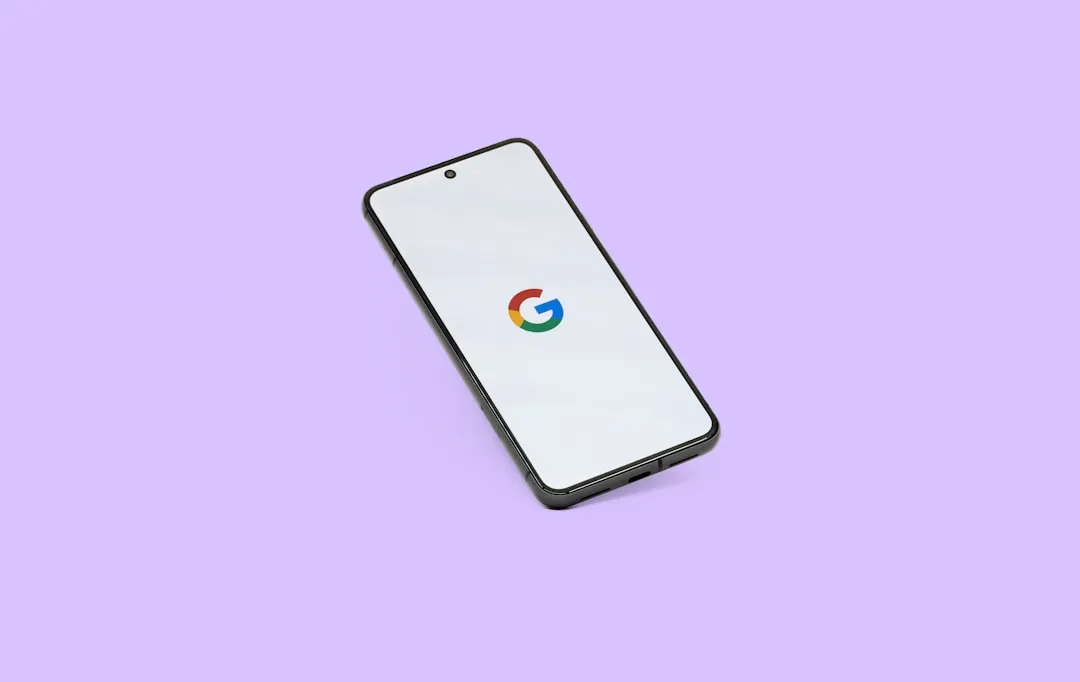
Comments
Be the first, drop a comment!